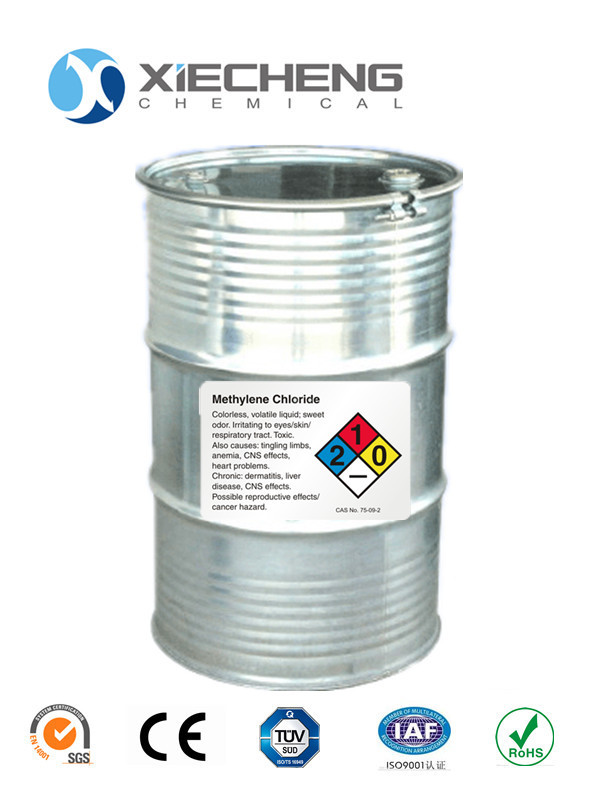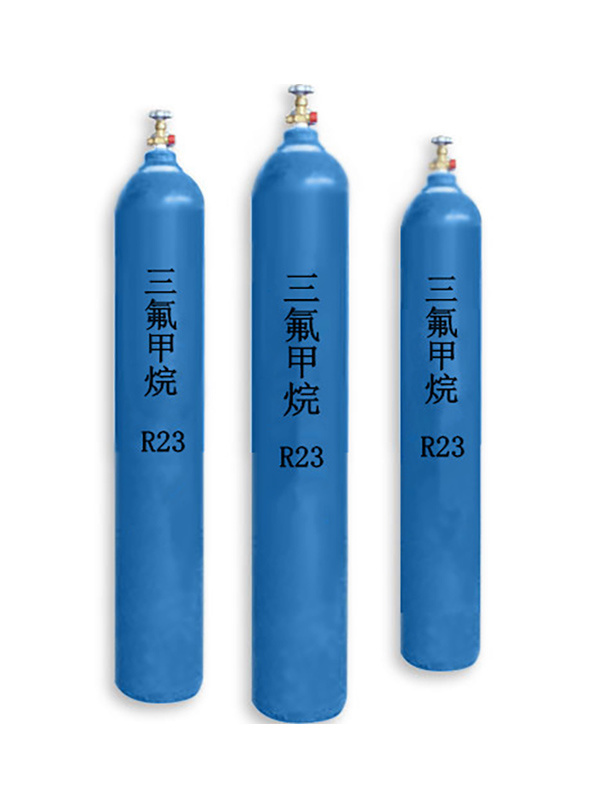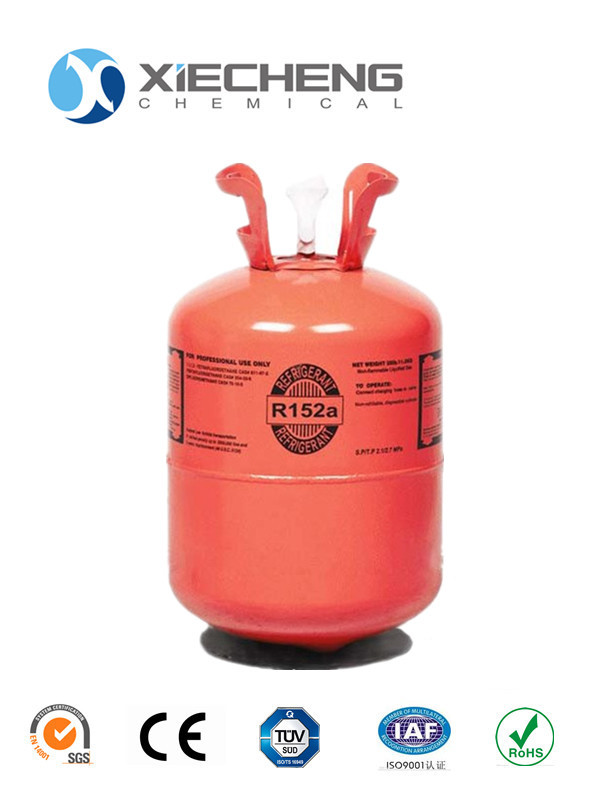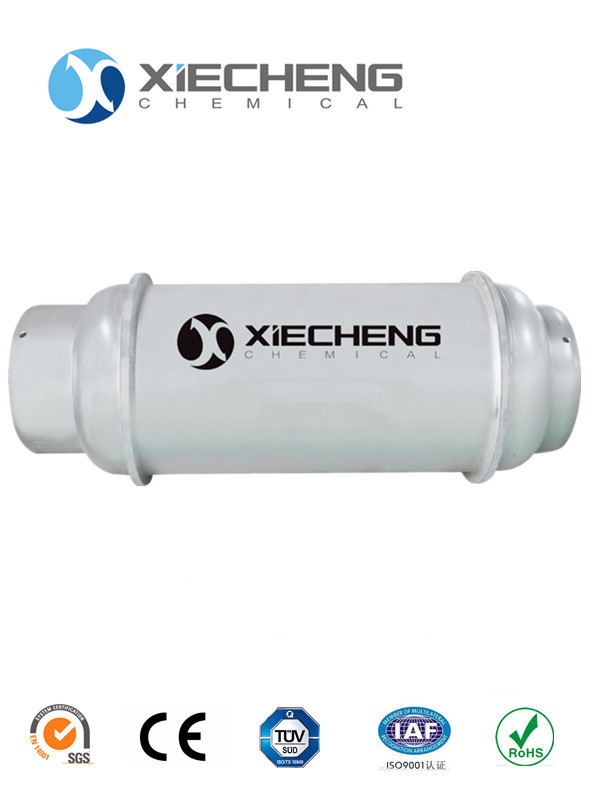
Packaging Specifications: Reusable cylinders—400 liters, 800 liters, 1000 liters ISO-TANK
Physical Properties
| Molecular Formula | CHF2CF3 |
| Molecular Weight | 120.2 |
| Boiling Point (°C) | -48.1 |
| Freezing Point (°C) | -103.15 |
| Liquid Density 30°C (kg/m3) | 1248 |
| Critical Temperature (°C) | 66.2 |
| Critical Pressure (MPa) | 3.63 |
| Ozone Depletion Potential (ODP) | 0 |
| Global Warming Potential (GWP) | 3400 |
Quality Standard
| Purity | ≧99.80 | |
| Water | ≦0.001% | |
| Acidity | ≦0.00001% | |
| Residue on Evaporation | ≦0.01% | |
| Chloride (Cl-) Test | - | |
| Appearance | Colorless, clear | |
| Odor | Odorless | |
Applications
As a refrigerant, it is mainly used in air conditioning, commercial refrigeration, and chiller units, and is used to formulate refrigerants such as R404A, R407C, R410A, and R507 to replace R22, R12, etc. It can also be used as a fire extinguishing agent to replace some Halon fire extinguishing agents. HFC-125 can be used as a refrigerant and is an important component of mixed working fluids, used to replace CFC-502 and HCFC-22; as a fire extinguishing agent to replace Halon-1211 and Halon-1301.
Storage and Transportation
Store in a cool, dry, well-ventilated, non-combustible warehouse. Keep away from fire and heat sources, and prevent direct sunlight. Should be stored separately from oxidizing agents. The lighting, ventilation, and other facilities in the storage room should be explosion-proof, and the switches should be located outside the warehouse. Do not use machinery and tools that easily generate sparks. Regularly check the containers for leaks. During handling, wear safety caps and anti-shock rubber rings for cylinders to prevent collisions and damage to the cylinders. The packaging method is steel cylinders or tank trucks.
Packaging Specifications :
Reusable cylinders—400 liters, 800 liters, 1000 liters
ISO-TANK
Health Hazards
Low-toxicity substance, very low inhalation toxicity
Emergency First Aid Measures
Quickly remove from the scene to fresh air. Keep the airway open. If breathing is difficult, give oxygen. If breathing stops, immediately perform artificial respiration and seek medical attention.
Protective Measures
Respiratory Protection: Generally, no special protection is required. When in contact with high concentrations, generally no special protection is required, but it is recommended that in special cases, a self-priming filter-type respirator (half mask) should be worn.
Eye Protection: If necessary, wear chemical safety goggles.
Body Protection: Wear anti-static work clothes.
Hand Protection: Wear general work protective gloves.
Other: Smoking is strictly prohibited in the workplace. When entering tanks, confined spaces, or other high-concentration areas, supervision is required.
Emergency Response for Leaks
Quickly evacuate personnel from the spill contaminated area to the upwind side, and immediately isolate and strictly limit entry and exit. Cut off the fire source. It is recommended that emergency response personnel wear self-contained positive pressure respirators and fire protective clothing. Cut off the leak source as much as possible. Reasonably ventilate and accelerate diffusion. Leaky containers should be properly handled, repaired, and inspected before reuse.
Keywords

R125A
Contact Information
Product Categories
Inquire Now
If you are interested in our products, please leave your email address, and we will contact you as soon as possible, thank you!









